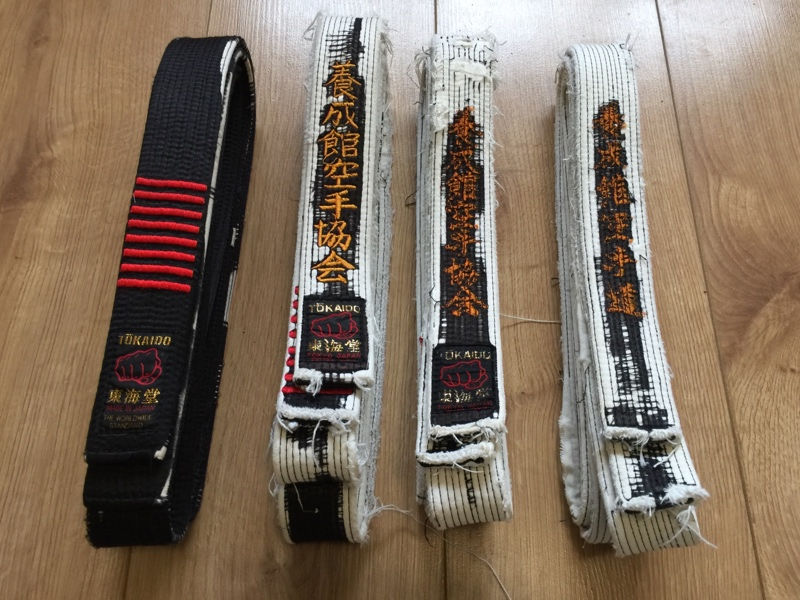The Belt System: A Guide to Understanding Rank Hierarchy in Martial Arts
- Chris Clarry Shihan 8th Dan

- Nov 16, 2023
- 2 min read
Updated: Apr 20, 2024

The hierarchical structure of Yoseikan Karate kyokai follows the ranking systems adopted by almost all other martial arts systems.
Students of the art are divided into two main categories, students of Kyu Rank and students of Dan Rank.
The Kyu rank structure embraces students that have not yet attained their Black Belt Level,
Kyu grades may also then be further subdivided into half Kyu grades for childrens ranks.
Kyu grades typically start at 9th kyu which in the case of Yoseikan Karate is a Red Belt.
As there is a vast difference between the Junior grade belts and the senior ranks, when a child reaches the age suitable to begin their journey into the senior ranks thus attend a senior class, they wear a Kohai Belt or apprentice rank until they are ready to be promoted to the full senior rank belt,
Kohai belts are usually designated by them wearing a Gray belt with a white stripe running through the middle.
When training In Japan, one should always wear a Plain White Belt regardless of one's rank,
for this shows great respect to the dojo & its Master.
The category of Dan Ranking embraces those students who have been awarded their Black Belts.
Each Dan Rank is typically displayed by a single Red Bar across one end of the Black Belt and is awarded according to their experience and proficiency in the art.
Dan rankings progress upwards from 1st Dan (Shodan) up to 9th Dan (Kudan)
The Founder of the Art and his Son are according to Japanese Custom above the ranking system.
Titles are also often given at various levels of Dan Grade Ranks such as Sensei, Renshi, Shihan, Kyoshi and Hanshi, all are given to signify different stages of personal development and mastery.
We will examine these titles and their meanings in a future post.







Comments